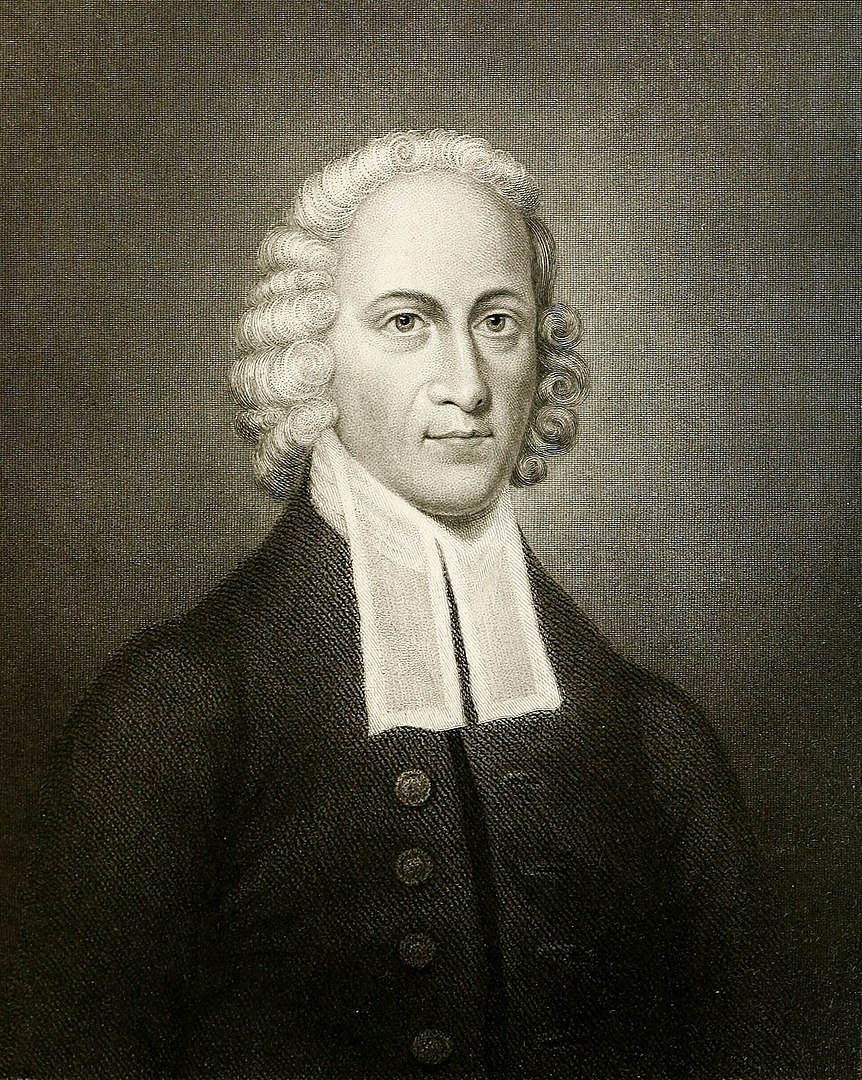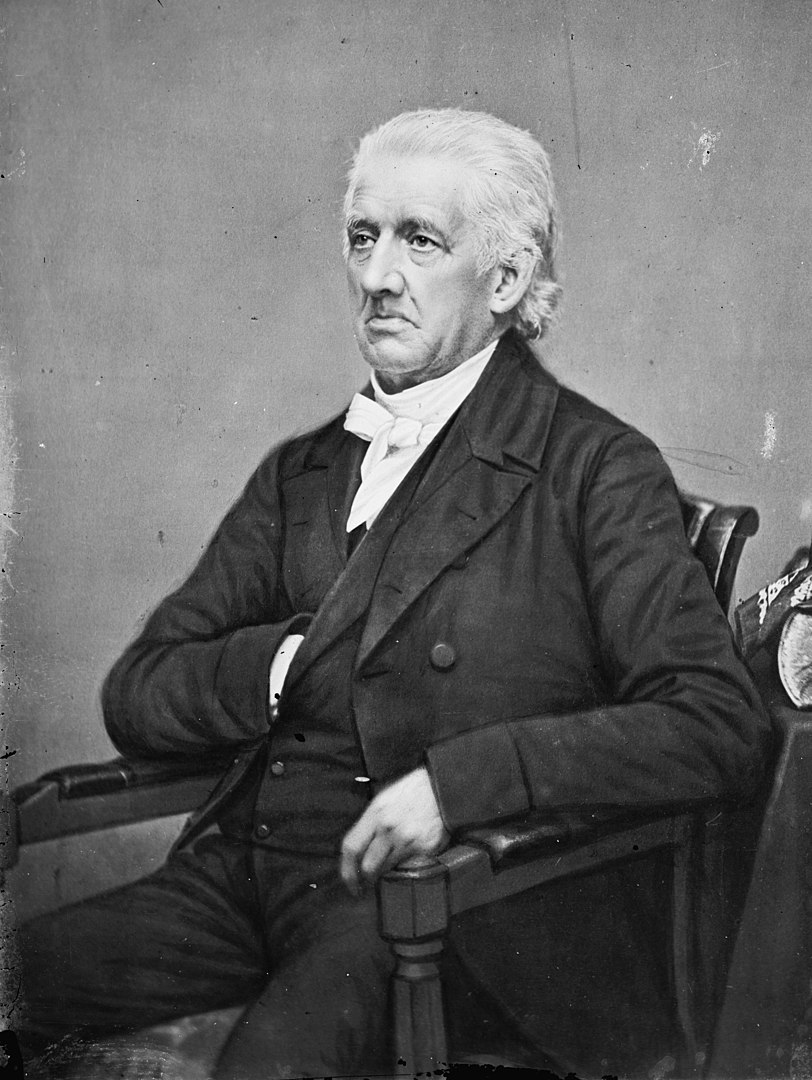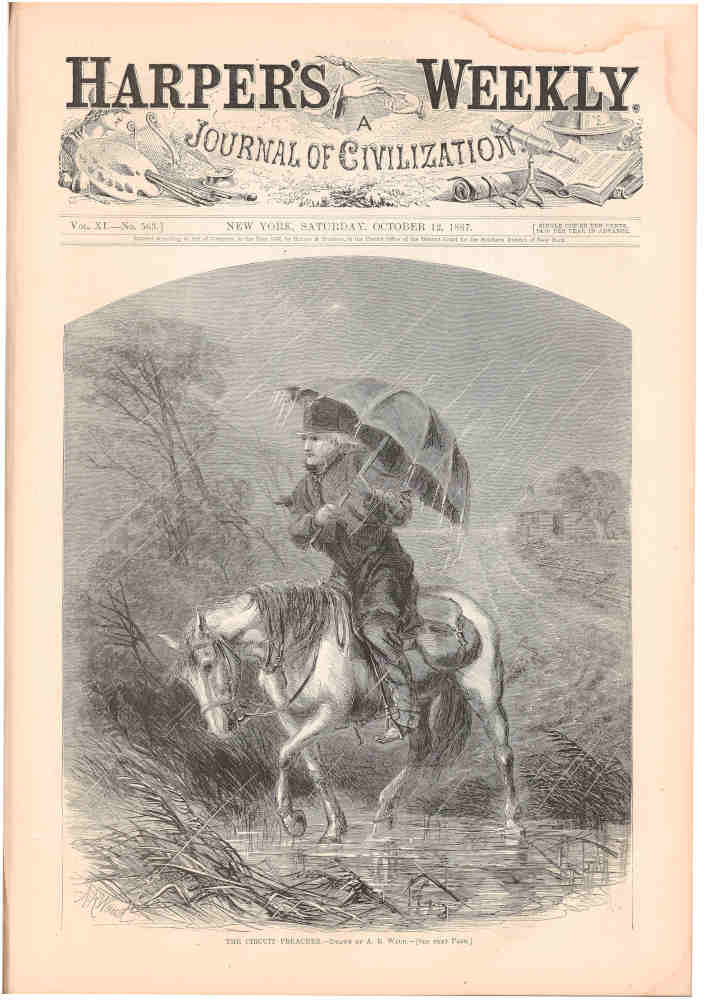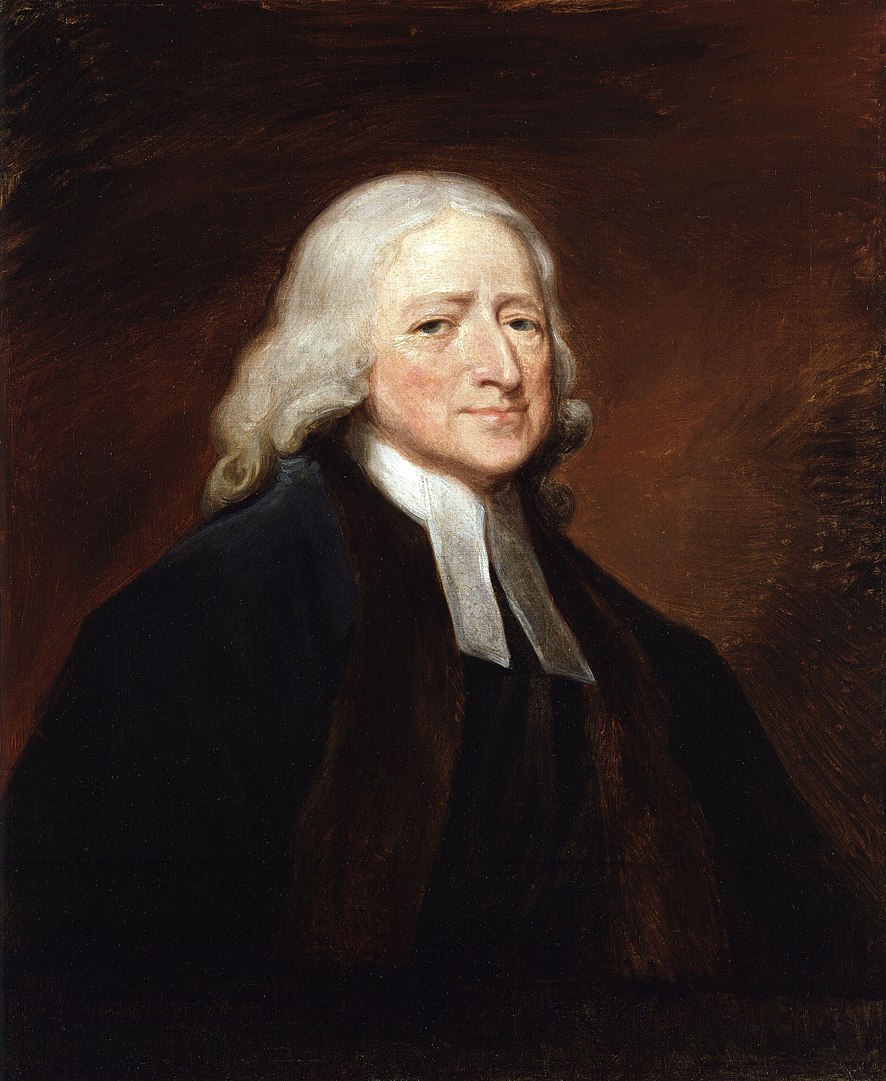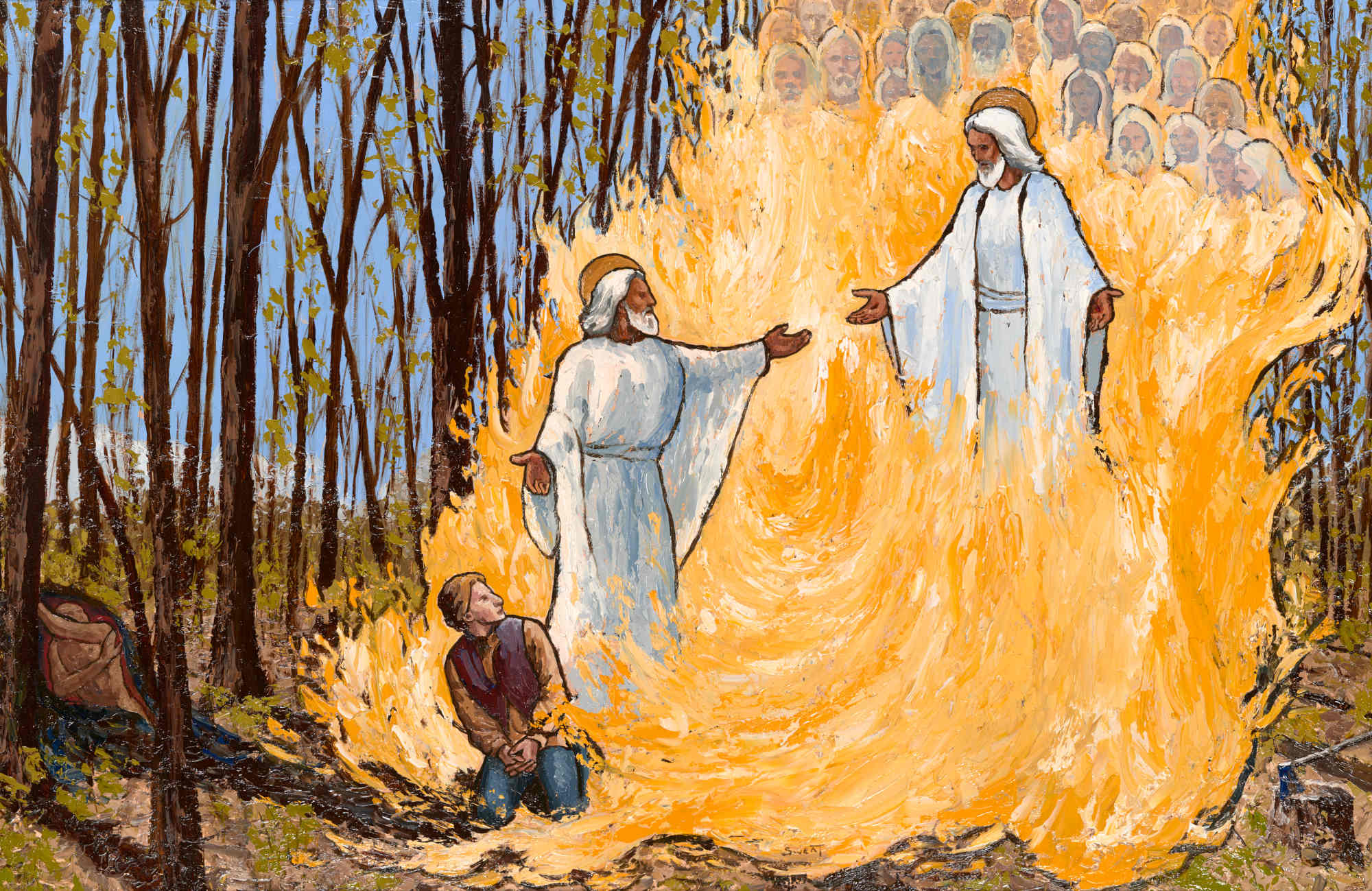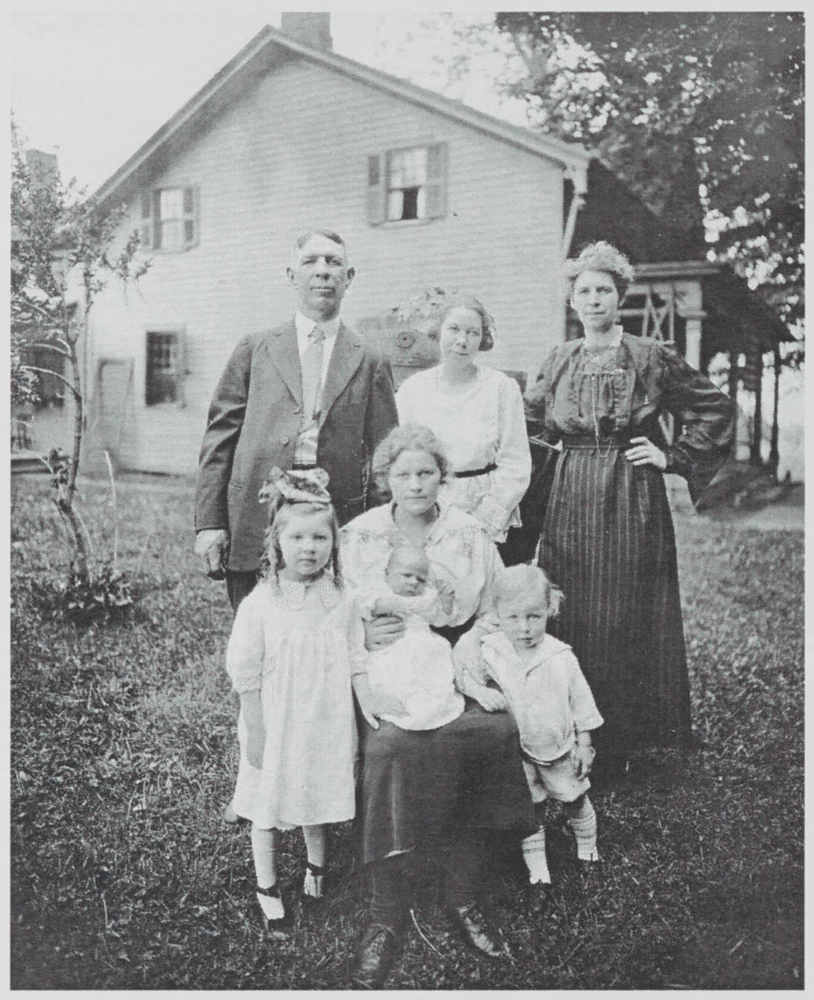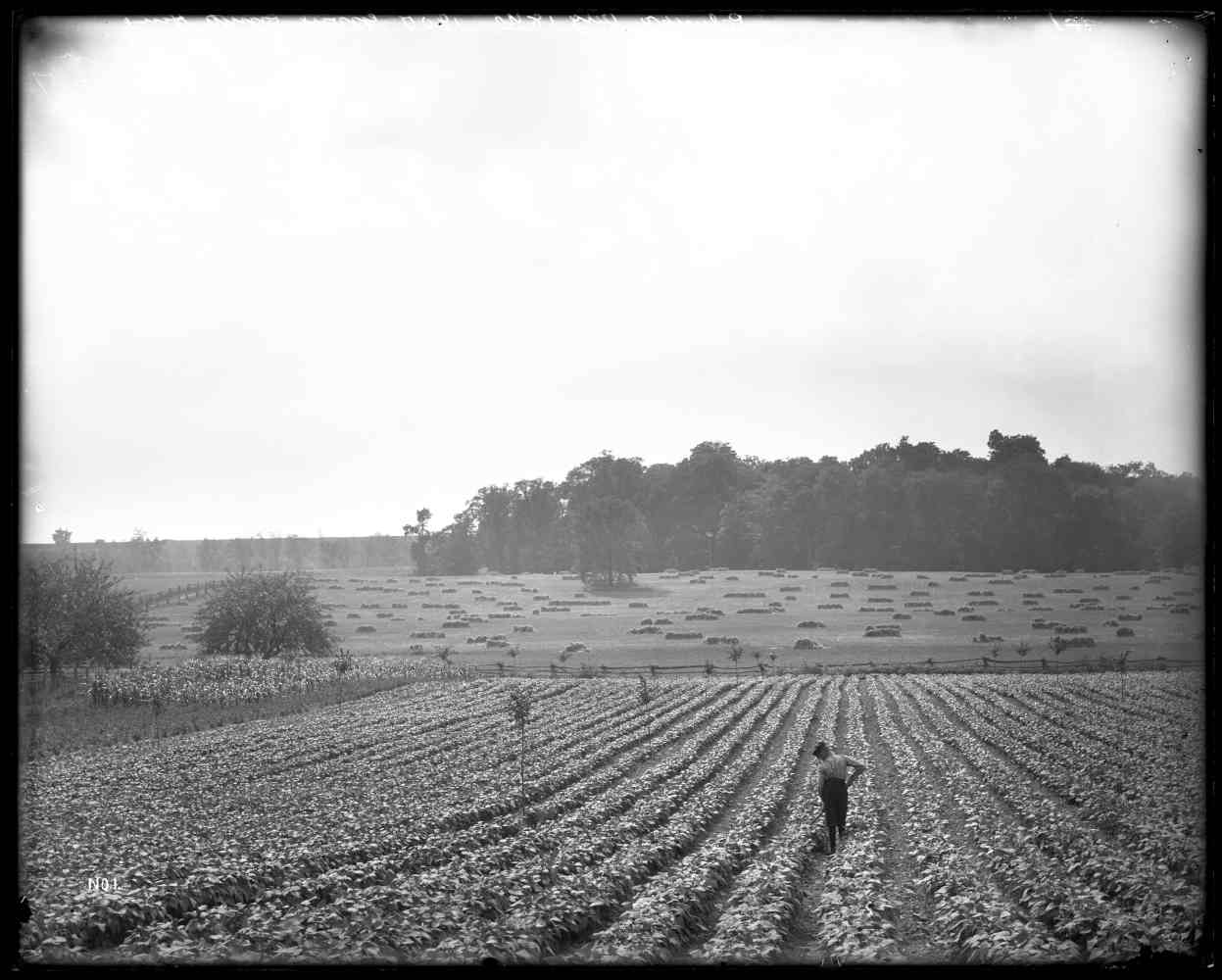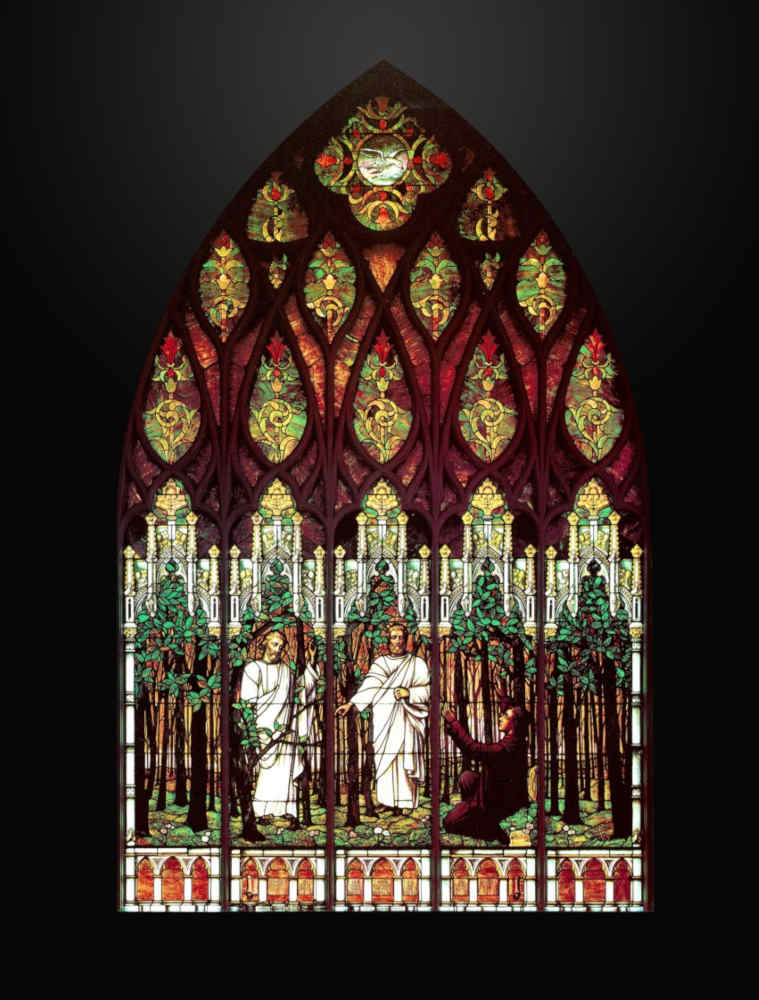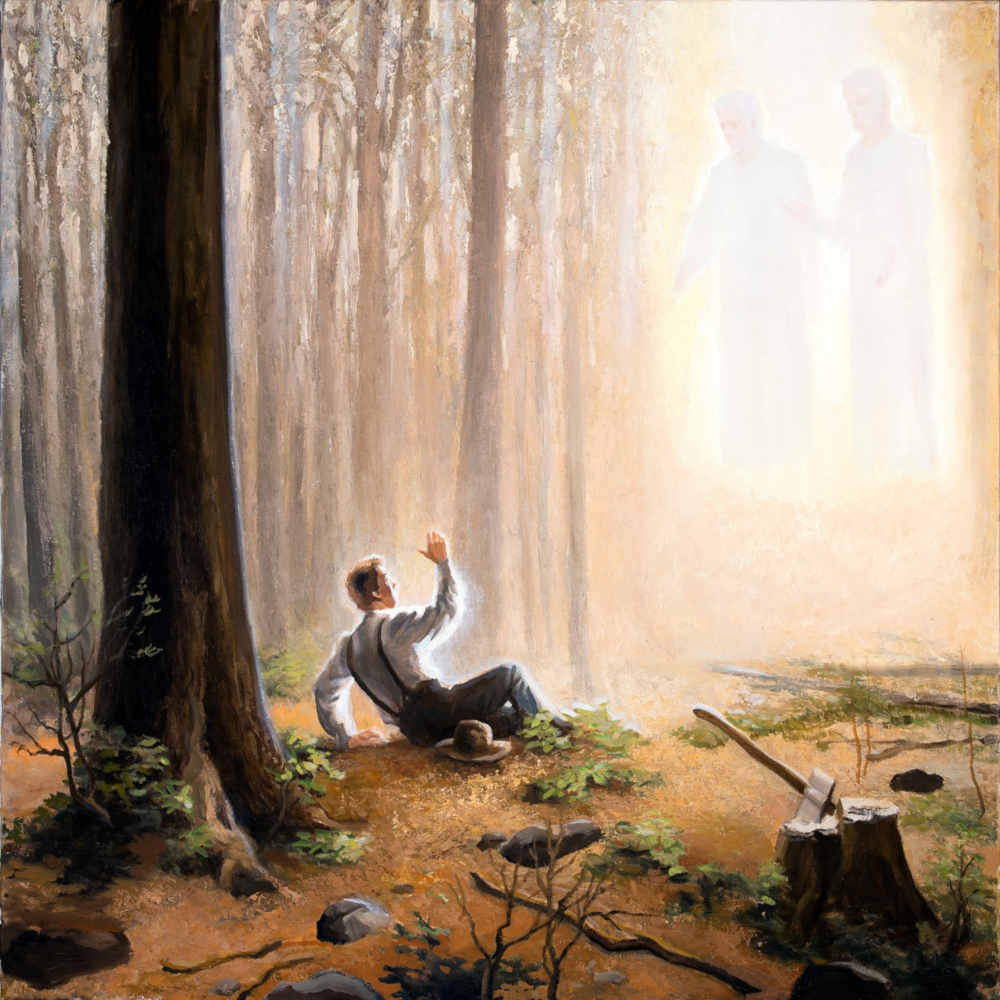Testimonies of the First Vision – found in Sketches Commemorating the Centenary of the Prophet Joseph Smith's First Vision / by Brigham Young University, 1920
“The Vision is one of the most profound revelations of the ages.” – Joseph Keeler (BYU faculty and administrator)
“This vision has encouraged the faith that God will reveal Himself also to me, as my life shall call for divine guidance.” – Mildred Boyer (college student)
“…[T]he vision showed God to be a personal being…[and] assured [us] that God is a God of miracles today as much as yesterday; and that He still speaks to His children to teach them the way of happiness.” – Heloise Day (college student)
“That first vision has brought to me the great truth that God, the creator of all things, is not a mythical spiritual essence, but a glorified personage…. To this God I can pray, sure of a hearing, and sure of an answer.” – Marie Searle (high school student)
“Joseph Smith’s first prayer in the grove…brought the Gospel again to man.” – Lydia Hudson (sixth grade)
“Joseph Smith’s first prayer proves to me that there must be a Mother in Heaven; for if there is a Father and Son, there must be a Mother.” – Inez Taylor (seventh grade)
“The vision also proves to me that there is a hereafter; because we know that Christ was crucified, and we also know that Joseph Smith saw Him…with an immortal body.” – Newell Bown (seventh grade)
